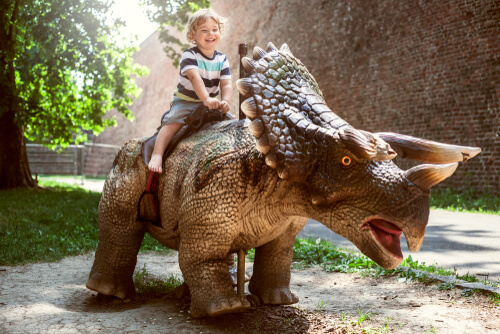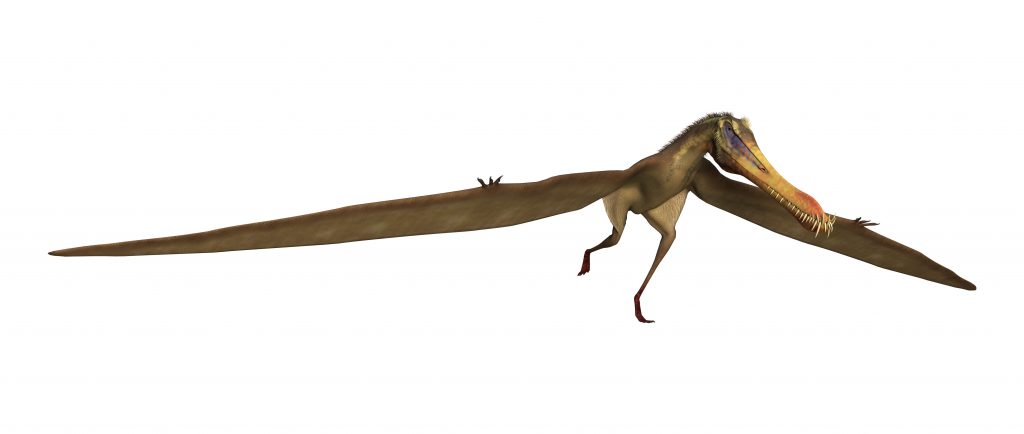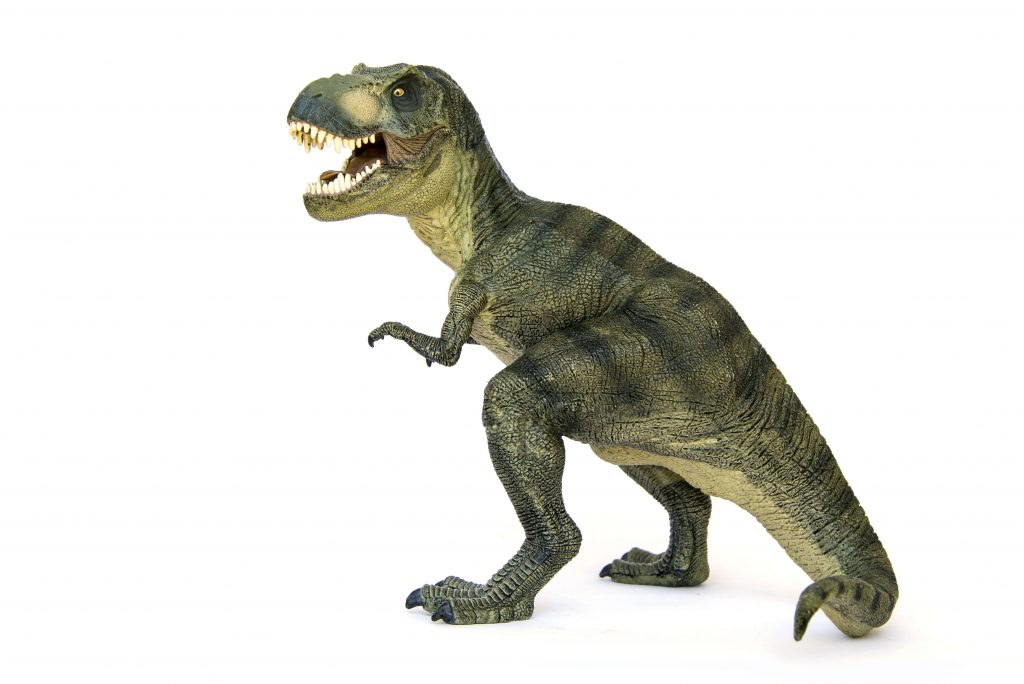Dinosaurs for Kids - Why Are Dinos So COOL?
Jan 29, 2022 When I was a fifth grade teacher in Hell’s Kitchen, NY our favorite place to go on field trips was the American Museum of Natural History, in the David H. Koch Dinosaur Wing where you'll find interesting facts and a bevy of dinosaur species fossils and bones. Their favorite permanent exhibits were, of course, the two dino halls devoted to these creatures.
What you’ll find in this blog:
On the day of our field trip, the kids would spend 10 minutes in our class library reviewing different dinosaur names. On our walks across town to get there, we’d play ‘20 Questions.’ The kids would ask questions to learn information to guess the species I was thinking about. Questions about the cretaceous periods, the mesozoic era, fossils, and what killed the dinosaurs became commonplace. What a great time.
The DINO Obsession
Though kids’ enthusiasm for these extinct animals usually diminishes by grade 3, the reasons for learning to love them comes from the need for kids to learn about things in fun ways. Kelli Chen, a pediatric psychiatric occupational therapist at Johns Hopkins says that developing “intense interests” like learning about dinosaurs is “particularly beneficial for cognitive development.”
“A 2008 study (by Chen) found that sustained intense interests, particularly in a conceptual domain like dinosaurs, can help children develop increased knowledge and persistence, a better attention span, and deeper information-processing skills. In short, they make better learners and smarter kids. There are decades of research to back that up: Three separate studies have found that older children with intense interests tend to be of above-average intelligence.”

“A dino obsession, then, can be a kid’s way of taking in a new subject in a way that feels familiar to them: through the business of having fun. Asking questions, finding answers, and gaining expertise is the learning process in general,” Chen says. “Exploring a topic and mastering it is beneficial because that’s how we form careers as adults. A kid’s primary occupation is play, so they’re going about their job of playing through the lens of this thing they’re interested in learning about.”
Science writer Bob Strauss breaks it down even more simply when he says that there are three reasons why kids like dinosaurs:
- Reason No. 1: Dinosaurs Are Big, Scary – and Extinct
- Reason No. 2: Dinosaurs Get to Do What They Want
- Reason No. 3: Dinosaurs Leave Really Cool Skeletons.
Any Dino devotee would have to agree!
Boost Your Child’s Speech Development!
Improve language & communication skills with fun learning!

Types of Dinosaurs
For teachers and parents, there’s a plethora of science-based topics related to dinosaurs that are fun to explore, including just a few:
- What are the names of dinosaurs, providing a complete list of dinosaur names
- How to pronounce dinosaur names,
- Which dinos were herbivores, carnivores, and omnivores,
- Evolution and extinction events,
- Explore the mesozoic era and its three geological periods: triassic, jurassic, and cretaceous,
- Explore the break up of the supercontinent, Pangaea, and how it has affected geography, culture, and continued tectonic shifting.
This DYNA-mic topic is also a great way to start kids on a path of liking science-based curriculum, enjoying discovery, the scientific method, and learning to discuss limited resources and man’s effect on the environment.
Here are just a few of the cool websites and videos dealing with dinosaurs:
1. 101 Facts about Dinosaurs
2. Learn Dinosaur Names from a to z | Dinosaurs A to Z | Dinosaurs Names for kids
3. Dinosaur Name Pronunciation Guide
4. Dinosaurs A-Z
5. Dinosaurs 101 | National Geographic
6. Dinosaurs Facts & Fun Dinosaurs Cartoon Videos for Children
7. Real Dinosaur Scare Prank
8. 10 Best Dinosaur Movies
9. Top 10 Dino Songs
Speech Blubs is crazy about DINOS, too!
Since “cantankerous” palaeontologist Richard Owen invented the term ‘dinosaur’ (which actually means ‘terrible lizards’) in 1842, kids have loved to read, write, and sing about, and draw these amazing creatures. At Speech Blubs we do, too! In fact, we devote an entire activity area to the subject called ‘DinoRawrs”! Kids have the opportunity to see fun videos with dinosaurs on their own device! COOL-o-SAURUS!
Look at just some of the videos used in our app that include dinosaurs’ names and pictures!
Meet our DINOS! But first, let’s get in the mood. Here’s one of our child “experts” imitating a dinosaur:
Now you TRY!!!
Our DINO Team members:
Apatosaurus
The first is the Apatosaurus. Here are some interesting facts about this dinosaur, otherwise known as ‘Brontosaurus’:

- Apatosaurus lived in the jurassic period, around 150 million years ago.
- The Apatosaurus is one of the largest animals to have ever walked on Earth, averaging around 23m (75ft) in length and a weight of over 23 metric tons.
- According to studies, it took an Apatosaurus only around 10 years to reach its full size.
- Apatosaurus had long whip-like tails that counter-balanced their long necks.
- Apatosaurus was a plant-eating (herbivore) dinosaur.
Here is an exercise from Speech Blubs app to practice the Apatosaurus word:
Diplodocus
DINO #2 is the Diplodocus. Here are some interesting facts about them:

- You pronounce their name ‘dip-lod-ic-uss.’
- The meaning of their name is ‘double-beamed lizard.’
- They lived at the end of the jurassic period.
- They are the longest known dinosaur.
- Their length was up to 27 meters (88 feet)
- They weighed about 12 tons (as much as a large truck).
Look how big they grew!
Even kids in Speech Blubs app love Diplodocus. Watch them practice the word:
Pterodactyl (SPOILER ALERT! Big Terry is not actually a dinosaur)
DINO #3 is the Pterodactyl. Here are some interesting facts about Big Terry:

- Pterodactyls ARE NOT ACTUALLY DINOSAURS (thanks Ed!!), they are a pterosaur and considered a flying reptile.
- The common name Pterodactyl is pronounced: “TERR-uh-DAK-tuhl.”
- The Pterodactyl was a carnivore that ate meat. Their diet most likely consisted of fish and other small animals.
- Estimates put the average length of a Pterodactyl at 3.5 feet.
- Estimates put the weight of the Pterodactyl between 2 and 10 pounds.
- Estimates put the average wingspan of a Pterodactyl around 3.4 feet.
- The Pterodactyl walked on four legs, not two.
It’s not that hard of a word. C’mon, practice it with us:
Quetzalcoatlus
DINO #4 is the Quetzalcoatlus. Here are some interesting facts about QUETZIE:

- You say their name ‘KWET-zal-koh-AT-lus.’
- It is named after a legendary feathered serpent god of Mexico.
- They were flying reptiles – not dinosaurs.
- They lived in the late cretaceous period.
- They were the size of a small aircraft.
- Scientists aren’t sure – some think they were like vultures, swooping down to feed on carcasses. Others think they waded and probed sand and mud to find fish, crabs, and worms.
Quetzalcoatlus can be a big challenge to pronounce. But you can do it with the help of our video:
Tyrannosaurus Rex
DINO #5 is the T-rex. Here are some interesting facts about BIG T:

- Tyrannosaurus Rex had powerful back legs that let it hunt prey over short distances at up to 20mph (32 kph). They would have charged out of the undergrowth to surprise their prey – and their flexible neck helped them adjust the angle of attack.
- T-rexes were one of the biggest carnivores (meat eating dinosaurs), but not the biggest! Giganotosaurus, Spinosaurus, and Carcharodontosaurus were bigger.
- Tyrannosaurus Rex means ‘Tyrant Lizard.’
- The largest T-rex tooth found is 12 inches (30 cm) long.
- They probably hunted Hadrosaurs and Triceratops. They would have also scavenged – stealing meals from smaller predators.
- Their length was up to 12 meters (40 feet).
Even though T-rex was one of the fiercest dinosaurs, his name is not that hard to pronounce. Give it a try:
How to Draw a T-rex Dinosaur Easy:
Let your child channel their inner “dinorawr” by practicing their speech with Speech Blubs!
